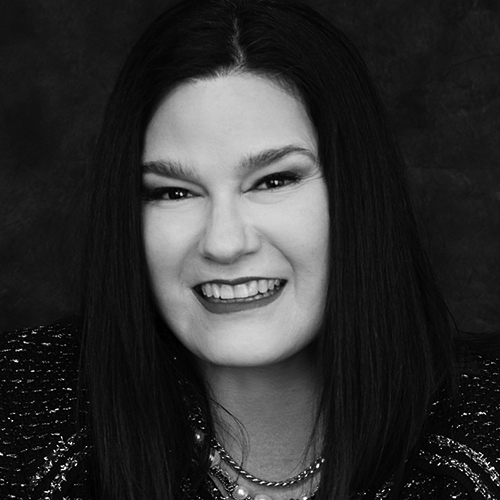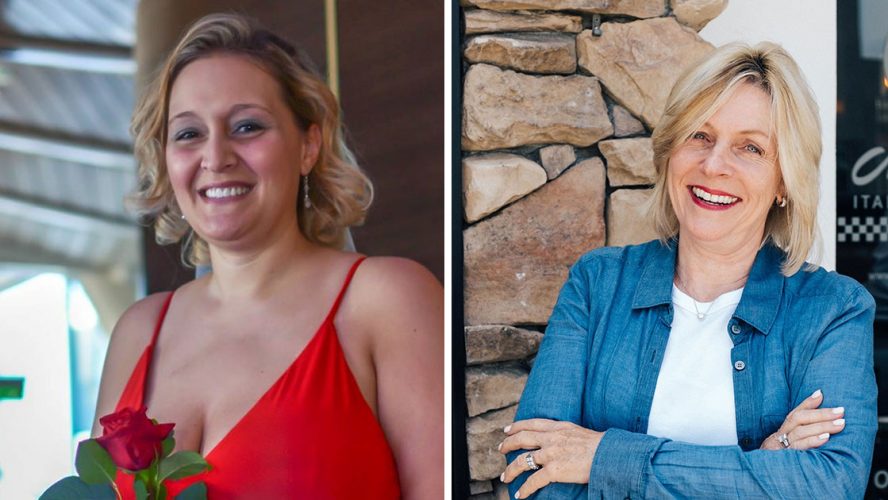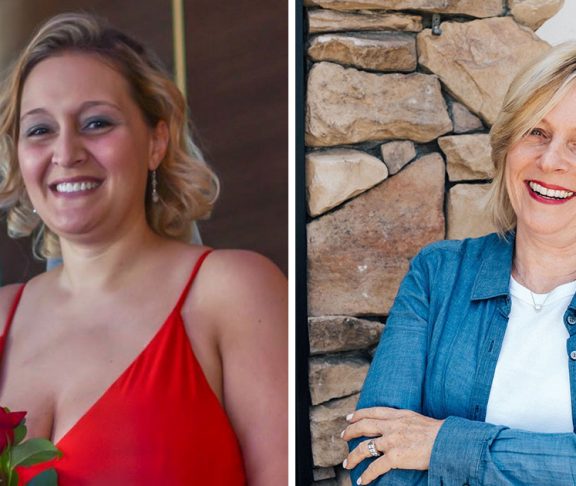
Cristina Morales Heaney
2020-2021 Board Chair, the National Association of Women Business Owners
Most restaurant owners never imagined a world where they’d have to close, open, and close our doors again in the face of a pandemic. But many have done just that as COVID-19’s challenges continue to emerge for business owners.
It’s been daunting to say the least. In fact, the National Association of Women Business Owners (NAWBO) recently conducted a COVID Survey of its members. The results showed that as the pandemic spread into its fifth month, 60 percent of respondents had seen a decrease in revenue. Moreover, if states must shutter again, 38 percent were concerned about their businesses failing.
Community support
Madelyn Alfano is owner of Maria’s Italian Kitchen, a California-grown company that serves authentic Italian family food. Alfano’s uncle owned restaurants and her parents a grocery store. “I come from a long line of food,” she said.
Maria’s began the year with 10 restaurant locations and is now down to eight. One of the closed locations was in a large mall. “We were fortunate to be considered an essential business when COVID hit, but once that happened, we really needed to react quickly to implement new protocols.”
Communication was their greatest challenge. With employees, Alfano made sure they understood what was going on and that they could work and be safe. For customers, the message was: “We’re still Maria’s with the same great food you have been enjoying for 40 years in a clean, safe environment.”
Maria’s had 338 employees pre-COVID. When two locations closed, that number reduced to 284. Then, they furloughed another 39 percent. Of those who remained, Maria’s didn’t cut salaries or hours. They cross-trained so team members could work in different capacities and modified shifts to accommodate working parents. Today, they are back to 218.
“I’m very proud of how restaurants have been so creative during this time,” said Alfano, who recently stepped into the role of California Restaurant Association chair. For Maria’s, this has meant offering alcohol, some groceries, pastas, and sauce in a jar to go. They gave 15 percent off online orders, 50 percent off bottles of wine, and additional discounts through their app.
They also made major investments in glass partitions for between booths, air scrubbers for their air conditioning systems and professional sanitizing. Additionally, they created COVID-19 safety videos and handbooks for every restaurant.
Community outreach was important, too. They fed more than 1,000 front line workers, with Alfano delivering most meals herself. They even set up an option on their website where community members could buy gift cards to supply meals for firefighters, hospital workers, etc.
“I felt like I was opening a business all over again, only 10 at the same time,” she said. “I was working seven days a week communicating with the managers and making sure everyone felt safe and confident. I was also thanking everyone for showing up and being brave.”
“Without my banker, who I met through NAWBO, the U.S. government and the California Restaurant Association, I would not have had a chance at survival,” adds Alfano, who was able to secure a Paycheck Protection Program (PPP) loan.
Changing demographics
Another woman restaurant owner, Sarah White, is a partner in the Northern Virginia pizza chain Lost Dog Café. It was started by a group of guys who worked at the original restaurant to pay their way through college and then decided they wanted to own one, then two, and three.
Their greatest challenge has been their demographics — they’re located next to large commercial buildings. “We knew who was coming in for lunch and who was picking up pizza for dinner every day,” said White. “No one works in these buildings right now and we don’t know when they’ll come back.”
To compensate, White and the Lost Dog team shifted to contactless
delivery and curbside. They began offering mixed drinks along with beer and
wine to go. They cross-trained staff, installed plexiglass windows and opened
vents to circulate outside air inside. They also focused on patio dining.
Pre-COVID, Lost Dog had 40 employees in each location, 120 total. They
furloughed half of those and shortened hours. Thanks to early information from
their chamber and restaurant association, plus a strong banking relationship, however,
they were able to get a PPP loan. Now, they’re back to 30 employees per store.
White is staying positive, though it’s always in the back of her mind if they’ll be shut down again or a worker will get sick. “If there was a vaccine tomorrow, I know my staff would be back,” she said. “We’d have more people out in general, though dine in might still be reduced with more people cooking at home these days.” Like Alfano, White is also grateful to the community helping her pull through. Lost Dog partners with and donates each month to the Lost Dog and Cat Rescue Foundation. During the first month of the shutdown, they adopted out more animals than they did in all of 2019. Neighboring restaurants have also cross-promoted one another and shared best practices. “Being part of our community was really our key ingredient,” she said.



